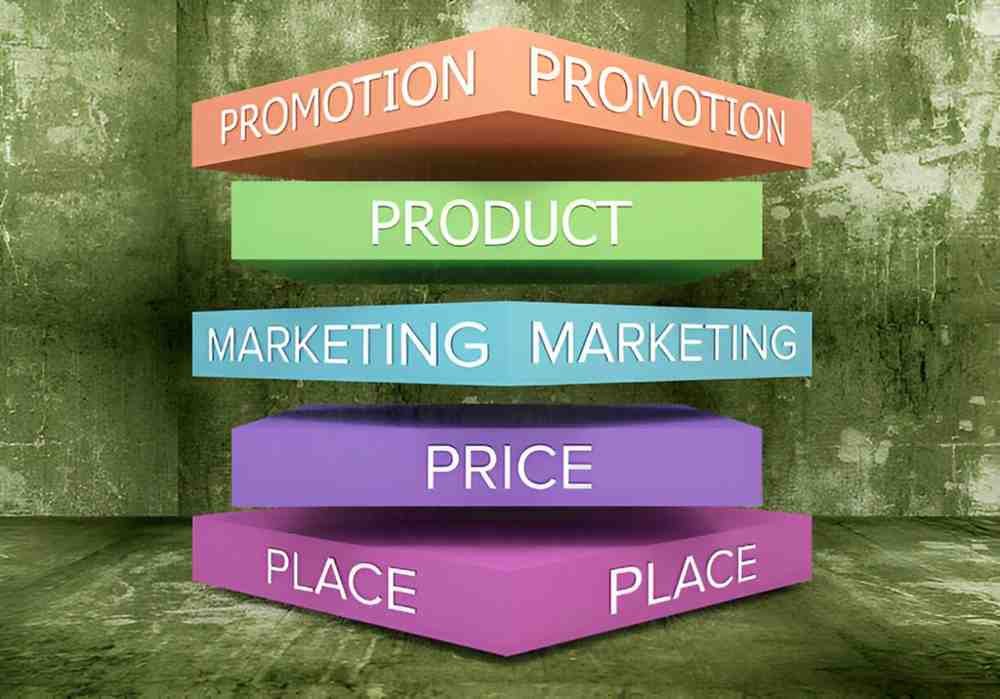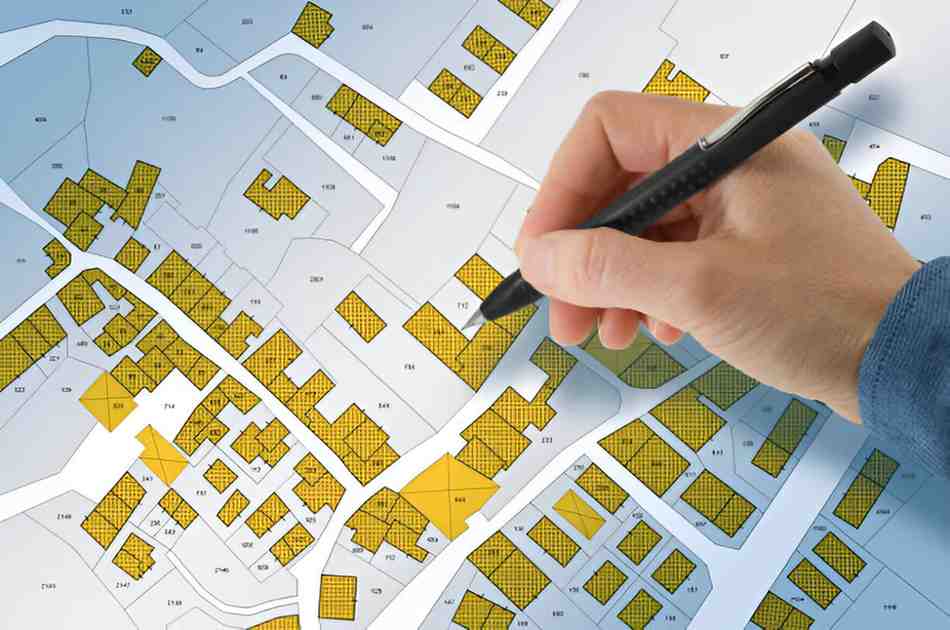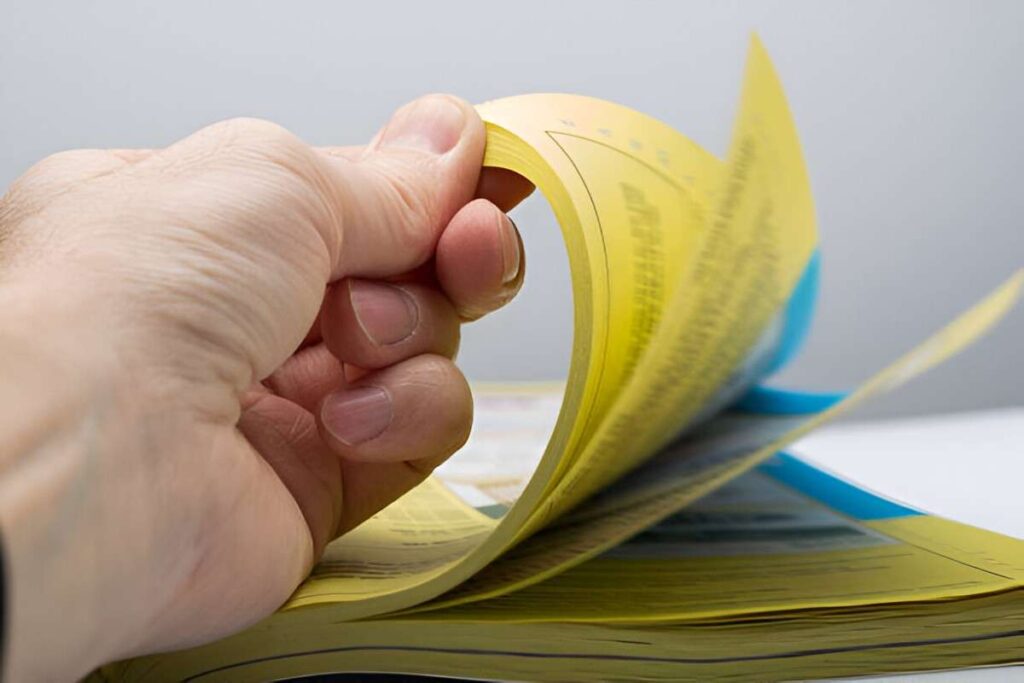Introduction
When I first learned about the hierarchy of effects model, I realized how vital it is for anyone trying to understand marketing in a meaningful way. This model simplifies a complex human process—how we move from being unaware of a product to making a purchase. As someone interested in both accounting and finance, I saw how this model connects consumer psychology with return on investment. It tells us how and why consumers respond to marketing in stages, rather than in one quick leap. This article is my attempt to unpack this framework thoroughly.
Table of Contents
What Is the Hierarchy of Effects Model?
The hierarchy of effects model is a conceptual roadmap that marketers use to guide potential customers through a series of psychological stages, leading up to a purchase decision. These stages help companies understand consumer behavior better, allocate marketing budgets efficiently, and forecast the effectiveness of different promotional activities.
The classic model consists of six steps:
- Awareness
- Knowledge
- Liking
- Preference
- Conviction
- Purchase
Each step builds on the previous one, implying a linear progression. While real consumer journeys may loop back or skip stages, the model remains a helpful approximation.
Historical Background
The model was introduced by Robert J. Lavidge and Gary A. Steiner in 1961. Their paper, published in the Journal of Marketing, categorized advertising goals in a structured format. It brought clarity to what was previously a murky process. Lavidge and Steiner proposed that effective advertising needs to move the consumer from cognitive (thinking) to affective (feeling) to conative (doing) stages.
Comparison Table: Cognitive vs. Affective vs. Conative Stages
| Dimension | Cognitive (Think) | Affective (Feel) | Conative (Do) |
|---|---|---|---|
| Stages Included | Awareness, Knowledge | Liking, Preference | Conviction, Purchase |
| Objective | Inform | Persuade | Encourage Action |
| Example Metric | Reach, Impressions | Engagement, Time on Page | Click-through Rate, Sales |
Stage-by-Stage Breakdown
1. Awareness
At this stage, my goal is to make sure people know the product exists. It’s not about selling; it’s about visibility. Think of billboards, TV ads, and online banners. In finance terms, this is an investment in brand equity.
Example: Suppose a company spends $5,000 on social media ads and reaches 200,000 people. The cost per impression (CPI) is calculated as:
CPI = \frac{Total\ Cost}{Number\ of\ Impressions} = \frac{5000}{200000} = 0.025That’s 2.5 cents per impression—a useful figure when budgeting.
2. Knowledge
Here, people learn more about the product. They might read a blog post, watch a video, or visit a website. It’s where facts meet curiosity.
Example: If 20,000 of those 200,000 impressions convert into website visits, the click-through rate (CTR) would be:
CTR = \frac{Clicks}{Impressions} \times 100 = \frac{20000}{200000} \times 100 = 10%This 10% tells me that the content is not only seen but acted upon.
3. Liking
Now the emotional part kicks in. People start to form opinions. They might like the design, trust the brand, or relate to the story.
From a financial viewpoint, it’s difficult to quantify “liking,” but proxy metrics like likes, shares, and sentiment analysis help. Tools like Net Promoter Score (NPS) often enter the picture.
4. Preference
Liking turns into preference when people begin to favor the brand over competitors. This often requires comparison shopping, user reviews, and brand loyalty strategies.
Illustration Table: Factors That Influence Preference
| Factor | Description | Financial Impact |
|---|---|---|
| Product Differentiation | Unique features or benefits | Enables premium pricing |
| Brand Reputation | Trust and social proof | Lowers customer acquisition cost |
| Customer Reviews | User-generated endorsements | Increases conversion rate |
5. Conviction
This is the penultimate step. Here, the customer is almost ready to buy but needs a final nudge—maybe a discount, limited-time offer, or strong testimonial.
Example: If a brand offers a 10% discount and sees conversions increase from 1,000 to 1,500, the uplift rate is:
That’s a 50% improvement, which might justify future discounts.
6. Purchase
The end goal. It’s when someone completes a transaction. For marketers, it’s the ultimate KPI. From a finance angle, this is when revenue gets booked.
Application of the Model in Financial Planning
In my experience, applying the hierarchy of effects model helps when mapping marketing expenses to expected outcomes. For instance, awareness and knowledge campaigns may not directly increase revenue but set the stage for future gains.
If a campaign has a $50,000 budget and we expect a 5% conversion from awareness to purchase through all six stages, the expected number of customers can be modeled as:
Expected\ Customers = Initial\ Reach \times Stage\ Conversion\ Rate^{6}Assuming initial reach = 500,000 and conversion rate per stage = 0.5 (50%):
Expected\ Customers = 500000 \times 0.5^{6} = 500000 \times 0.015625 = 7812.5So, approximately 7,813 buyers would result.
Criticisms and Limitations
Some argue the model is too linear and doesn’t account for nonlinear behavior, such as impulse buying. Also, in the digital era, consumers often skip stages. I agree with these critiques, but I still find the model useful as a baseline.
Alternative Models for Comparison
| Model Name | Focus | Key Difference from Hierarchy of Effects |
|---|---|---|
| AIDA (Attention, Interest, Desire, Action) | Sales Funnel | Shorter and more focused on urgency |
| DAGMAR (Defining Advertising Goals for Measured Advertising Results) | Measurable Goals | Emphasizes setting and evaluating objectives |
| McGuire’s Information Processing Model | Cognitive Processing | Adds resistance to persuasion as a factor |
Each model has its use case. I find the hierarchy of effects more comprehensive for long-term planning.
Real-World Example: Launching a Fintech Product
Let’s say I’m launching a personal finance app. I would allocate my $100,000 budget as follows:
- Awareness: $30,000
- Knowledge: $20,000
- Liking and Preference: $20,000
- Conviction: $15,000
- Purchase: $15,000
With each phase’s expected ROI known from past campaigns, I can calculate the weighted ROI.
Weighted\ ROI = \sum_{i=1}^{n} (Budget_{i} \times ROI_{i}) / Total\ BudgetSuppose ROI values per phase are 0.5, 1.0, 1.5, 2.0, and 2.5 respectively:
Weighted\ ROI = \frac{(30000 \times 0.5 + 20000 \times 1.0 + 20000 \times 1.5 + 15000 \times 2.0 + 15000 \times 2.5)}{100000} = \frac{15000 + 20000 + 30000 + 30000 + 37500}{100000} = \frac{132500}{100000} = 1.325A weighted ROI of 1.325 means for every dollar spent, I expect $1.33 in return.
Final Thoughts
Understanding the hierarchy of effects model has changed the way I view marketing and its place in financial planning. It helps me measure and anticipate consumer behavior in structured ways, while also keeping me aware of its assumptions and limitations. It’s not a perfect model, but it’s one that balances depth with usability. If you’re starting in marketing or trying to link it with financial outcomes, this model provides a solid foundation.





